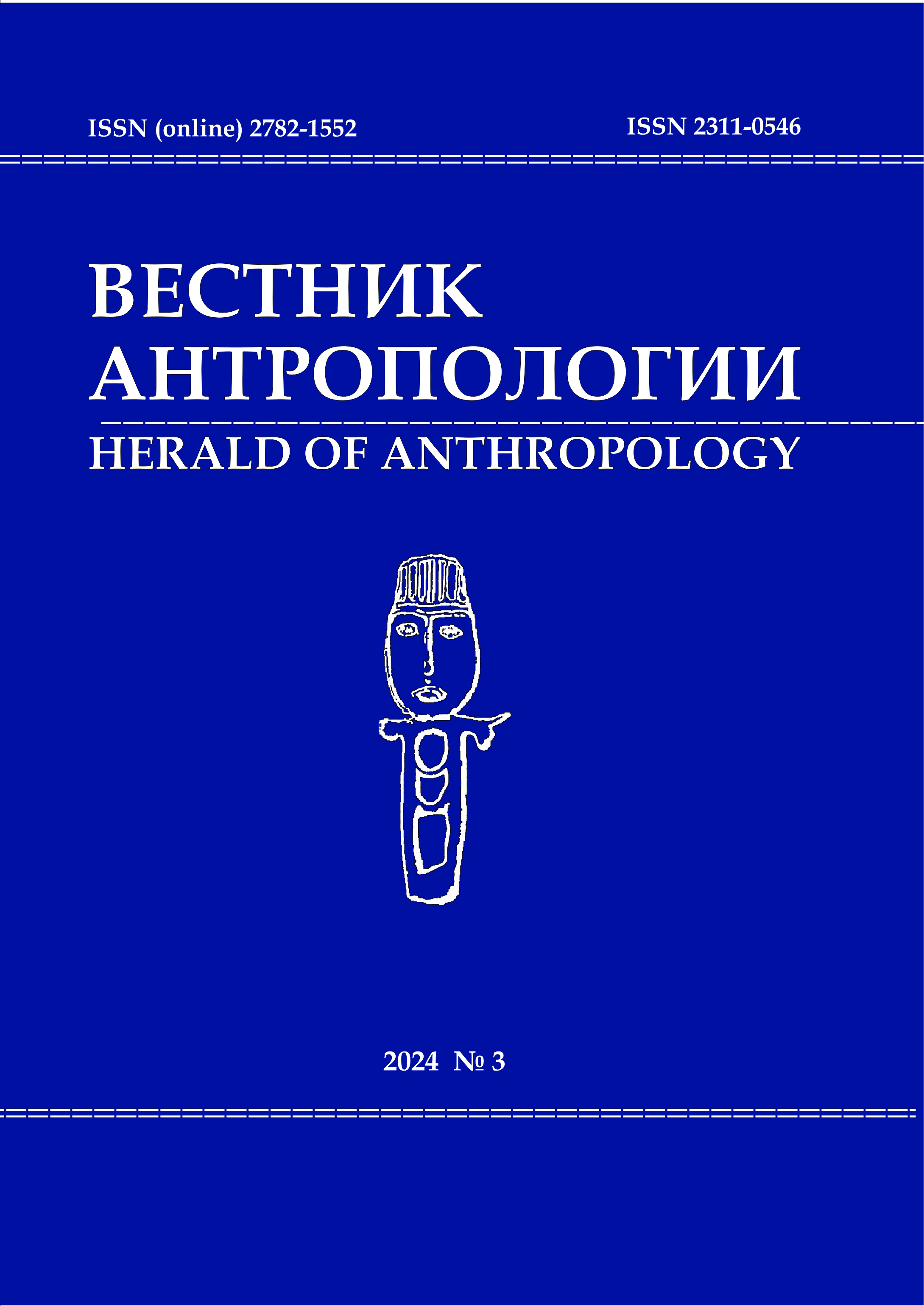Intangible Ethno-cultural Heritage in the Kaliningrad Region: Problem Statement
10.33876/2311-0546/2024-3/7-22
Keywords:
intangible ethno-cultural heritage, Kaliningrad region, traditional culture of immigrants, amber processing, folklore historical prose, mythological proseAbstract
The paper reviews various aspects of studying and recording intangible cultural heritage (ICH) in the Kaliningrad region based on the materials of the 2022 field campaign. This territory is specific due to its history, ethnic, linguistic and confessional structure of the population. This should be taken into account when applying general approaches to defining and understanding the content of the phenomenon, criteria for classifying the ICH objects according to the federal law, and regulation of registers of ICH objects. The purpose of this study is to discuss possible approaches to understanding the specifics of ethno-cultural heritage in this region. The analysis of the phenomena related to the traditional culture of the Kaliningrad region revealed a number of methodological problems in the identification of intangible ethno-cultural heritage, which is explained both by the historical specificity of the region and by the weakness of the criteria used to define a certain phenomenon as intangible ethno-cultural heritage. Studies of folklore historical and mythological prose, techniques and technologies of amber extraction and processing suggest that apart from being brands of this territory, they can reasonably be considered objects of intangible ethno-cultural heritage not only of regional but also of federal significance. At the same time, the ethno-cultural traditions of migrants cannot be considered as ICH, since we are not dealing with a variant of the resettlement tradition, but with a model of the diasporic type, when separate elements of locally close maternal traditions fuse into a single generalized tradition with representational and symbolic power. On the other hand, a number of established phenomena in the economic system have acquired regional specificity and can be considered in the context of intangible ethno-cultural heritage.





















